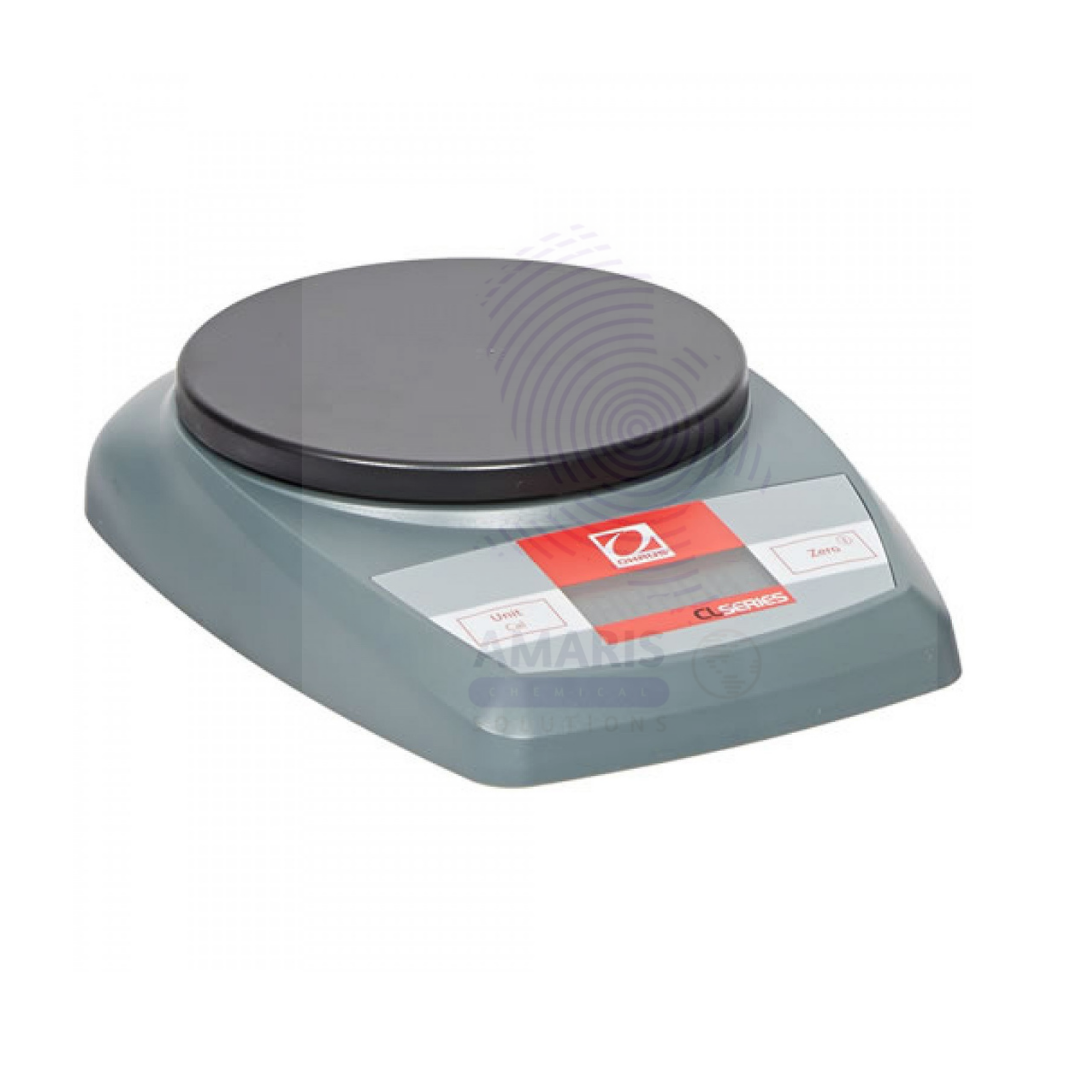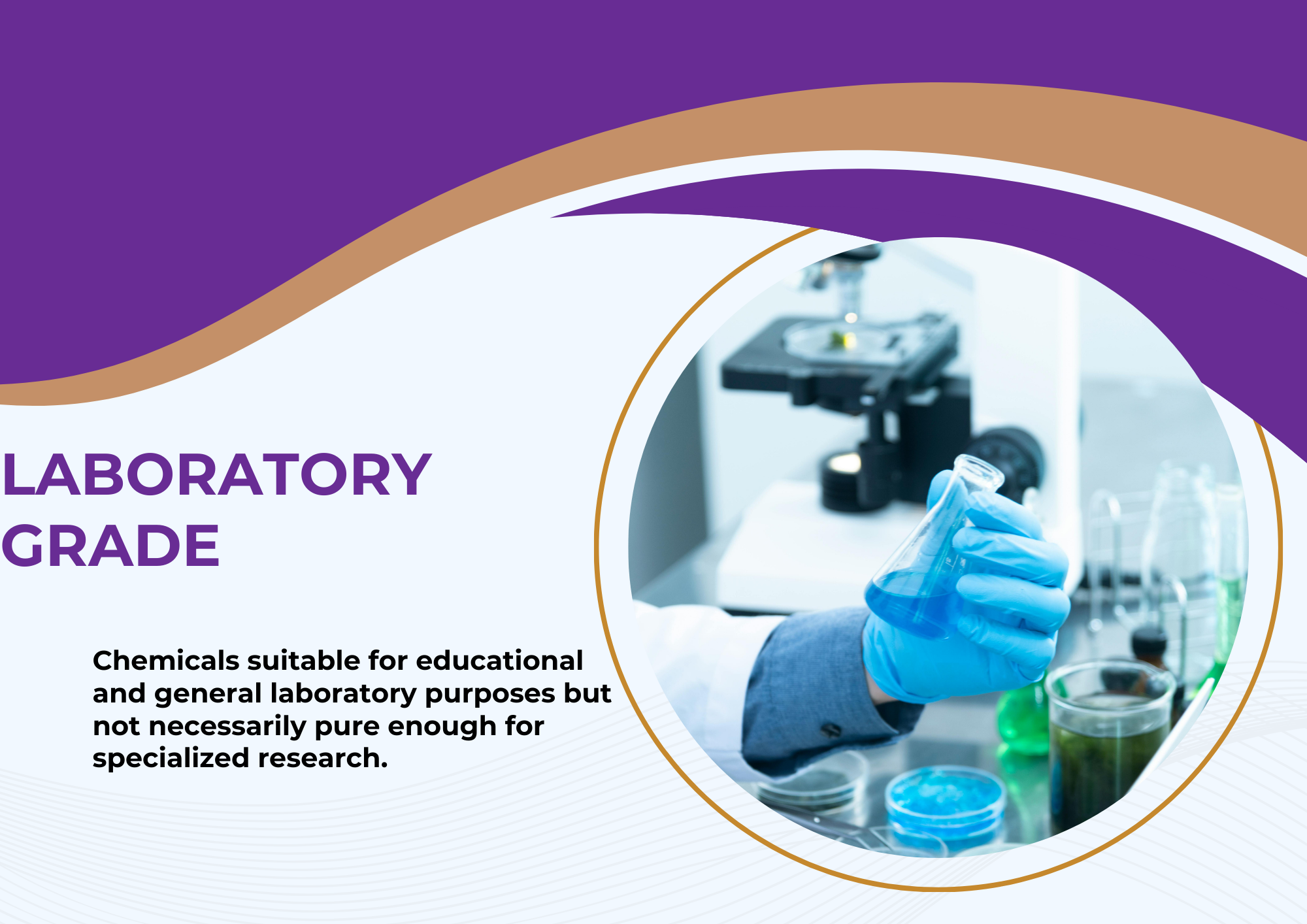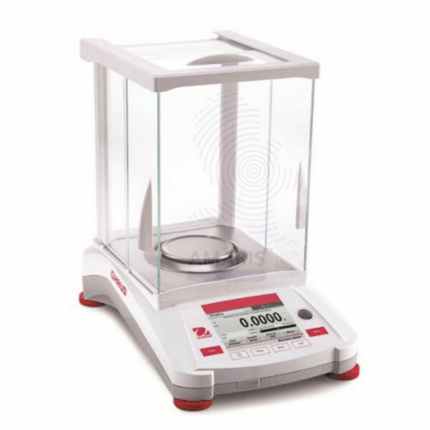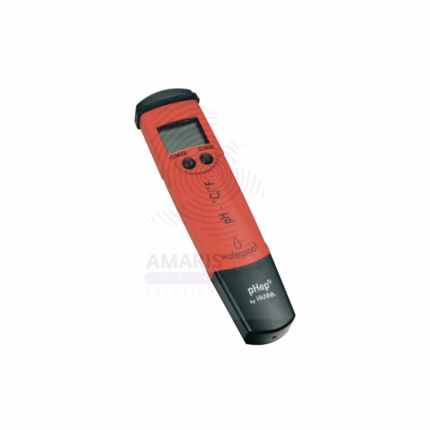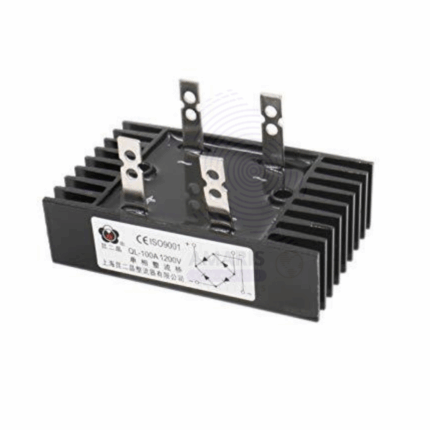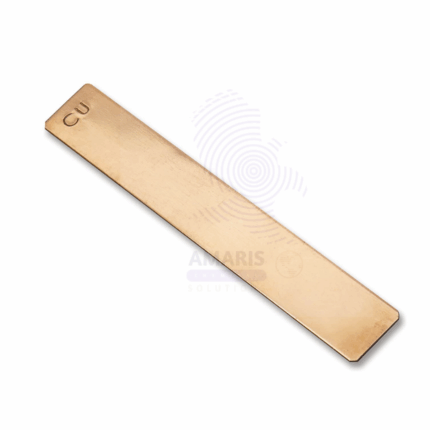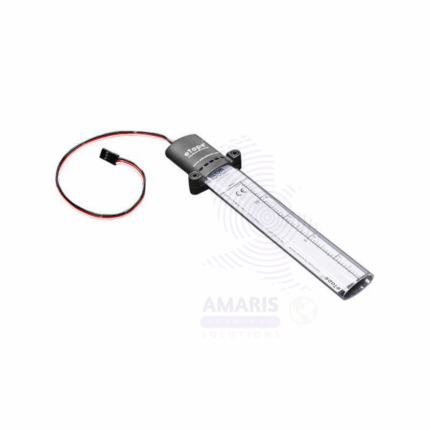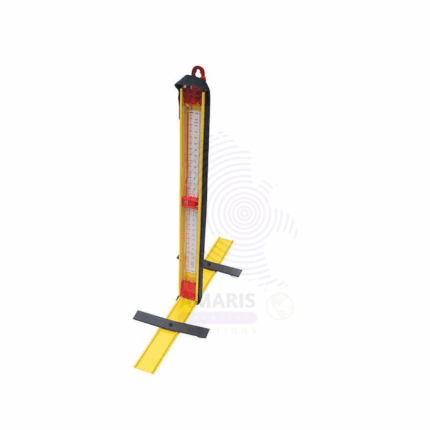
Balance Electronic Ohaus cl 200
$ 131.62 Original price was: $ 131.62.$ 131.58Current price is: $ 131.58.
The Balance Electronic Ohaus CL 200 is a high-precision electronic laboratory balance engineered for accuracy, reliability, and ease of use in diverse laboratory settings. It features a robust design with a clear backlit LCD display, allowing easy reading of measurements under various lighting conditions. The draft shield enhances weighing stability by minimizing the effect of air currents, ensuring precise results. With multiple weighing units, tare functionality, and user-friendly controls, this balance supports a wide range of applications in scientific research, quality control, education, and industrial processes. Its compact footprint and energy-efficient design make it ideal for routine weighing tasks, formulation, and analysis requiring high repeatability and fast stabilization. The balance is powered by an AC adapter or rechargeable battery, supporting both stationary and portable usage.
Balance Electronic Ohaus cl 200
Primary Uses
- Laboratory and Educational Applications
- Weighing chemicals, reagents, powders, and samples in chemical, biological, and environmental laboratories.
- Preparation and formulation of pharmaceutical products with precise dosage measurement.
- Educational use for experiments, demonstrations, and practical training in schools, colleges, and universities.
- Sample preparation for analytical techniques such as chromatography, spectroscopy, and titration.
- Quality control and testing to ensure product compliance with specifications.
- Measurement of solids and liquids for research and development projects.
- Routine weighing for microbiological, food science, and forensic laboratories.
Secondary Uses
- Industrial and Commercial Applications
- Measuring raw materials and components in manufacturing processes including cosmetics, food, and chemicals.
- Portion control and batching for food processing and packaging industries.
- Accurate weighing of precious metals, gems, and jewelry for valuation and certification.
- Environmental sample analysis including soil, water, and air particulate matter testing.
- Inventory management and stock control through precise mass measurement.
- Quality assurance and compliance testing in automotive, electronics, and plastics manufacturing.
- Portable weighing operations supported by rechargeable batteries for fieldwork.
- Use in research institutions and industrial R&D departments for material testing and formulation.
| PACK SIZE |
200gms |
|---|
1.Basic Identification Attributes
- Brand: Ohaus
- Model: CL 200
- Type: Electronic Laboratory Balance
2.Physical & Chemical Properties
- Weighing Capacity: 210g
- Readability: 0.01g
- Display: Backlit LCD
- Power Source: AC adapter and rechargeable battery option
- Construction: Robust plastic and metal housing with draft shield
3.Safety & Hazard Attributes
- Electrical device, avoid moisture and potential electric shock hazards.
- Follow standard calibration and handling procedures for accuracy and safety.
4.Storage & Handling Attributes
- Store in a stable, dry environment free from vibrations and dust.
- Handle with care to maintain calibration and prevent mechanical damage.
5.Regulatory & Compliance Attributes
- Complies with international laboratory standards.
- Manufactured under GMP-compliant processes.
6.Environmental & Health Impact
- Energy-efficient design with low power consumption.
- Non-toxic materials and free from hazardous substances.
Safety Handling Precautions
- Avoid exposure to liquids and corrosive chemicals.
- Use appropriate electrical safety precautions during operation.
First Aid Measures
- Not applicable; product poses no direct health hazards.
Firefighting Measures
- In case of fire, disconnect power if safe.
- Use CO2 or dry chemical extinguishers suitable for electrical fires.


 Preservatives(food)
Preservatives(food) Flavor Enhancers
Flavor Enhancers Acidulants
Acidulants Sweeteners
Sweeteners Antioxidants
Antioxidants Colorants(food)
Colorants(food) Nutraceutical Ingredients (food)
Nutraceutical Ingredients (food) Nutrient Supplements
Nutrient Supplements Emulsifiers
Emulsifiers
 Collectors
Collectors Dust Suppressants
Dust Suppressants Explosives and Blasting Agents
Explosives and Blasting Agents Flocculants and Coagulants
Flocculants and Coagulants Frothers
Frothers Leaching Agents
Leaching Agents pH Modifiers
pH Modifiers Precious Metal Extraction Agents
Precious Metal Extraction Agents
 Antioxidants(plastic)
Antioxidants(plastic) Colorants (Pigments, Dyes)
Colorants (Pigments, Dyes) Fillers and Reinforcements
Fillers and Reinforcements Flame Retardants
Flame Retardants Monomers
Monomers Plasticizers
Plasticizers Polymerization Initiators
Polymerization Initiators Stabilizers (UV, Heat)
Stabilizers (UV, Heat)
 Antifoaming Agents
Antifoaming Agents Chelating Agents
Chelating Agents Coagulants and Flocculants
Coagulants and Flocculants Corrosion Inhibitors
Corrosion Inhibitors Disinfectants and Biocides
Disinfectants and Biocides Oxidizing Agents
Oxidizing Agents pH Adjusters
pH Adjusters Scale Inhibitors( water)
Scale Inhibitors( water)
 Antioxidants(cosmetic)
Antioxidants(cosmetic) Emollients
Emollients Fragrances and Essential Oils
Fragrances and Essential Oils Humectants
Humectants Preservatives
Preservatives Surfactants(cosmetic)
Surfactants(cosmetic) Thickeners
Thickeners UV Filters
UV Filters
 Fertilizers
Fertilizers Soil Conditioners
Soil Conditioners Plant Growth Regulators
Plant Growth Regulators Animal Feed Additives
Animal Feed Additives Biostimulants
Biostimulants Pesticides (Herbicides, Insecticides, Fungicides)
Pesticides (Herbicides, Insecticides, Fungicides)
 Active Pharmaceutical Ingredients (APIs)
Active Pharmaceutical Ingredients (APIs) Excipients
Excipients Solvents(pharmaceutical)
Solvents(pharmaceutical) Antibiotics
Antibiotics Antiseptics and Disinfectants
Antiseptics and Disinfectants Vaccine Adjuvants
Vaccine Adjuvants Nutraceutical Ingredients (pharmaceutical)
Nutraceutical Ingredients (pharmaceutical) Analgesics & Antipyretics
Analgesics & Antipyretics
 Analytical Reagents
Analytical Reagents Solvents(lab)
Solvents(lab) Chromatography Chemicals
Chromatography Chemicals Spectroscopy Reagents
Spectroscopy Reagents microbiology-and-cell-culture-reagents
microbiology-and-cell-culture-reagents Molecular Biology Reagents
Molecular Biology Reagents Biochemical Reagents
Biochemical Reagents Inorganic and Organic Standards
Inorganic and Organic Standards Laboratory Safety Chemicals
Laboratory Safety Chemicals Specialty Laboratory Chemicals(Special Laboratory Equipment)
Specialty Laboratory Chemicals(Special Laboratory Equipment)
 Demulsifiers
Demulsifiers Hydraulic Fracturing Fluids
Hydraulic Fracturing Fluids Scale Inhibitors(oil)
Scale Inhibitors(oil) Surfactants(oil)
Surfactants(oil) Drilling Fluids
Drilling Fluids
 Dyes and Pigments
Dyes and Pigments Bleaching Agents
Bleaching Agents Softening Agents
Softening Agents Finishing Agents
Finishing Agents Antistatic Agents
Antistatic Agents
 Admixtures
Admixtures Waterproofing Agents
Waterproofing Agents Sealants and Adhesives
Sealants and Adhesives Curing Compounds
Curing Compounds Concrete Repair Chemicals
Concrete Repair Chemicals Anti-Corrosion Coatings
Anti-Corrosion Coatings
 Surfactants(cleaning)
Surfactants(cleaning) Builders
Builders Enzymes
Enzymes Solvents (Cleaning)
Solvents (Cleaning) Fragrances
Fragrances
 Electronic Chemicals
Electronic Chemicals Catalysts
Catalysts Lubricants
Lubricants Photographic Chemicals
Photographic Chemicals Refrigerants
Refrigerants Automotive chemicals
Automotive chemicals Pyrotechnic Chemicals
Pyrotechnic Chemicals
 Biodegradable Surfactants
Biodegradable Surfactants Bio-based Solvents
Bio-based Solvents Renewable Polymers
Renewable Polymers Carbon Capture Chemicals
Carbon Capture Chemicals Wastewater Treatment Chemicals
Wastewater Treatment Chemicals
 Pigments
Pigments Solvents(paint)
Solvents(paint) Specialty Coatings
Specialty Coatings Binders/Resins
Binders/Resins Additives
Additives Driers
Driers Anti-Corrosion Agents
Anti-Corrosion Agents Functional Coatings
Functional Coatings Application-Specific Coatings
Application-Specific Coatings
 Fresh Herbs
Fresh Herbs Ground Spices
Ground Spices Whole Spices
Whole Spices Spice Blends
Spice Blends Dried Herbs
Dried Herbs
 Leavening Agents
Leavening Agents Dough Conditioners
Dough Conditioners Flour Treatments
Flour Treatments Fat Replacers
Fat Replacers Decoratives
Decoratives Preservatives(baking)
Preservatives(baking)
 Plasticizers & Softeners
Plasticizers & Softeners Reinforcing Agents
Reinforcing Agents Adhesion Promoters
Adhesion Promoters Vulcanizing Agents
Vulcanizing Agents Antidegradants
Antidegradants Blowing Agents
Blowing Agents Fillers & Extenders
Fillers & Extenders Accelerators & Retarders
Accelerators & Retarders